1. Space Exploration Could Lead to Colonized Planets
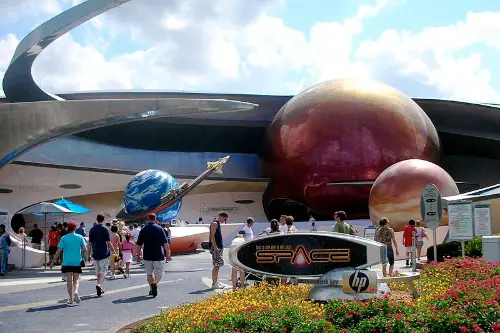
By 2050, the U.S. could pioneer the colonization of the Moon and Mars, creating extraterrestrial settlements. NASA’s Artemis program is laying the groundwork for permanent bases on the Moon, while private companies like SpaceX envision Martian colonies. These ventures may seem like science fiction today, but advances in space travel technology, like reusable rockets and closed-loop life-support systems, are making them feasible. Mining asteroids for precious metals could become a trillion-dollar industry, with America at the forefront of a space-based economy. This new era of exploration may redefine humanity’s relationship with the cosmos.
Space tourism and research stations could also thrive, turning space into a commercial hotspot, according to the Tourism Innovation Summit. While some predict space habitats will support millions, others warn about the societal implications of such ventures, including ethical concerns around resource exploitation and inequality in access to space travel. Despite these challenges, the potential for breakthroughs in technology, energy, and international collaboration could transform space exploration into a cornerstone of American life.
2. The Shift to Renewable Energy Will Be Dramatic
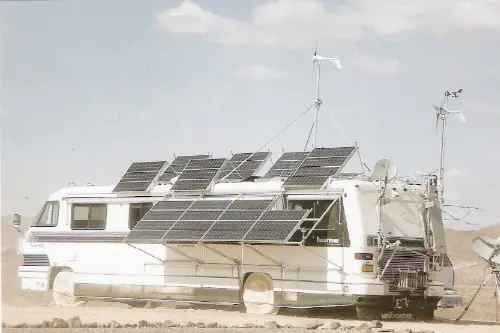
By 2050, America could drastically reduce its dependence on fossil fuels. The shift to renewable energy sources like solar, wind, and hydroelectric power will be critical in mitigating climate change. In fact, the U.S. has already made considerable strides in adopting cleaner energy, and innovations in battery storage and smart grids will make renewables even more accessible and efficient., renewable sources could account for 50% of electricity generation by mid-century.
America could achieve near-total reliance on renewable energy, according to the U.S. Energy Information Administration (EIA). Solar farms, offshore wind turbines, and hydroelectric power plants may dominate the energy grid, reducing carbon emissions to record lows. Innovations in energy storage—such as solid-state batteries—will allow renewables to power cities even during periods of low production. Experts suggest renewable energy could supply 80–90% of the U.S. power grid by 2050, according to the Energy Information Administration. This dramatic shift could also decrease reliance on foreign oil, enhancing national security.
3. Autonomous Vehicles Will Transform Transportation
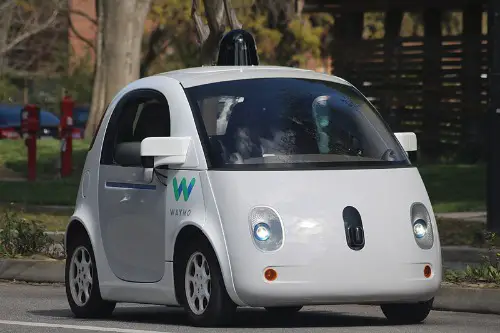
Self-driving cars could revolutionize American transportation, making traditional car ownership obsolete, according to MotorTrend. AV technology, spearheaded by companies like Tesla and Waymo, has already begun reshaping industries and urban planning. With fewer accidents, traffic congestion, and the rise of efficient ride-sharing networks, AVs could dramatically improve daily commutes. Large parking structures may vanish, replaced by green spaces and walkable neighborhoods. Some experts even envision highways equipped with exclusive AV lanes to streamline transport.
The societal implications are equally profound. Lower transportation costs could improve mobility for the elderly and disabled, while autonomous public transit could expand access in underserved areas. However, widespread adoption may lead to significant job losses in driving professions, creating economic challenges. Urban centers may adapt by redesigning infrastructure to prioritize pedestrians and cyclists over cars, resulting in greener, more livable cities.
4. Demographic Shifts Will Transform American Culture
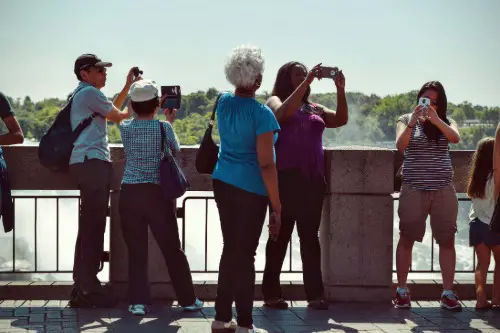
The U.S. Census Bureau projects America will become a true melting pot, with no single racial or ethnic group holding a majority. The U.S. Census Bureau predicts that Hispanic, Black, and Asian populations will grow significantly, reshaping cultural norms and political priorities. Multilingual cities may become the norm, with vibrant multicultural neighborhoods influencing cuisine, music, and art. Political campaigns will cater to increasingly diverse voters, while businesses adapt to serve a more varied customer base.
This demographic shift could drive innovation in fields ranging from education to entertainment. However, it will also present challenges, including the need to address systemic inequalities and ensure equal access to resources. As diversity reshapes the nation, America’s global image as a cultural leader may grow stronger, showcasing the strength that comes from inclusivity and collaboration.
5. Advances in Biotechnology Will Extend Human Lifespan
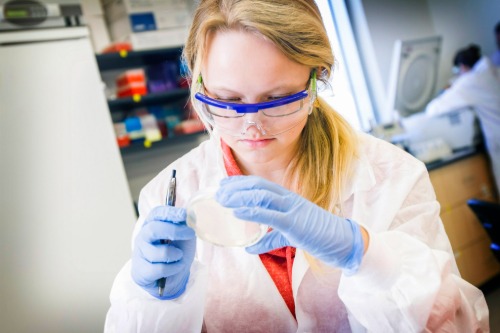
Advancements in biotechnology could push human lifespans well past 100 years, according to the Stanford Report. Gene editing tools like CRISPR, combined with regenerative medicine, may eliminate diseases that were once considered inevitable. Age-related conditions such as Alzheimer’s and arthritis could become treatable, allowing people to maintain active lifestyles into old age. Researchers are also exploring ways to slow cellular aging, making the dream of “biological immortality” more plausible than ever.
However, longer lifespans will bring societal challenges, including the need to rethink retirement and healthcare systems. Extended working years may become standard, and industries catering to aging populations—like eldercare and wellness—could boom. This new era of longevity will redefine what it means to grow old, with more Americans contributing to society for decades longer than today.
6. The Workforce Will Be Radically Different
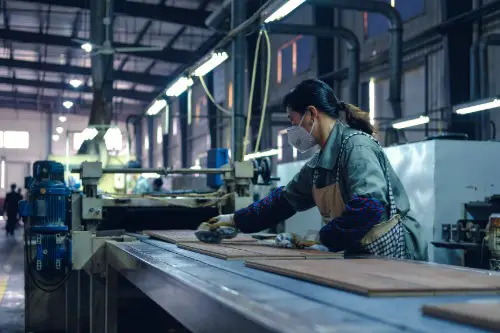
By 2050, work as we know it could be almost unrecognizable. Automation, artificial intelligence (AI), and robotics are already transforming industries like manufacturing, retail, and healthcare, and by mid-century, many tasks currently performed by humans could be taken over by machines. This change could result in a shift towards more creative, social, and strategic jobs that AI can’t easily replicate. Additionally, with the rise of remote work during the pandemic, many companies may adopt flexible work arrangements permanently. This could lead to a major shift in where people choose to live, with more people moving away from expensive urban centers in favor of smaller towns and cities.
Education systems might also change to prepare students for this future workforce, with a stronger emphasis on STEM skills, critical thinking, and emotional intelligence. However, with automation comes challenges, including potential job displacement and income inequality. Addressing these challenges will require new policies such as universal basic income or retraining programs for displaced workers.
7. Climate Change Will Force Coastal Cities to Relocate
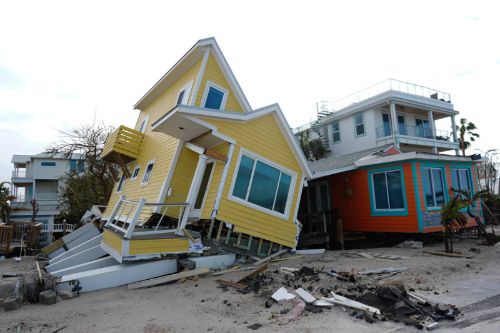
Rising sea levels and severe weather could make some coastal cities uninhabitable soon. Experts warn that major hubs like Miami and New Orleans face existential threats from flooding, requiring either massive investment in infrastructure or full-scale relocation. “Climate migration” within the U.S. could reshape the population map, with millions moving to safer inland areas.
This mass displacement will bring both challenges and opportunities. Cities in the Midwest and Mountain West may experience rapid growth, while coastal regions grapple with economic and social upheaval. Adapting to climate change will require unprecedented investment in resilient infrastructure and sustainable practices to ensure a livable future.
8. America Will Become More Urbanized
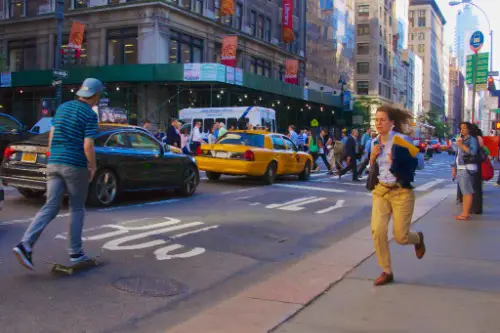
Urbanization in America is expected to accelerate, with an estimated 90% of the population living in cities or metropolitan areas. This trend will be driven by several factors, including better job opportunities, access to healthcare, and improved infrastructure. Cities will continue to grow, leading to larger megacities like New York, Los Angeles, and Chicago, but also the rise of new urban hubs in regions that were once less populated. As urban populations grow, the demand for housing, transportation, and services will intensify, requiring smart solutions like vertical farming, green building technologies, and autonomous transportation systems.
However, the challenge of providing affordable housing in urban areas will remain a key issue, requiring innovative policies and collaboration between the public and private sectors. To ensure sustainable development, cities will likely adopt more green spaces, renewable energy sources, and eco-friendly architecture to accommodate this massive urban expansion.
9. A Universal Health System Might Emerge

A universal healthcare system may become a reality sooner than people think, driven by skyrocketing costs and public demand. Advanced technologies like AI-powered diagnostics and telemedicine could make healthcare more efficient and accessible, reducing costs and improving outcomes. A single-payer system or expanded public options could ensure coverage for all Americans, reshaping the healthcare landscape.
However, achieving universal healthcare will require overcoming political and logistical obstacles. Funding such a system may involve significant tax reforms, but the benefits—longer lifespans, better preventive care, and reduced financial stress—could outweigh the costs. Equitable healthcare could be a defining feature of American society.
10. Education Will Be Revolutionized by Technology
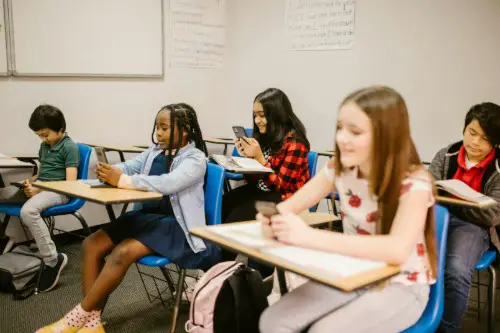
Technology will revolutionize education, making traditional classrooms almost obsolete. Virtual reality and AI tutors could provide personalized learning experiences, while online platforms make education accessible worldwide. Students might explore ancient civilizations through VR or learn physics by simulating experiments in augmented reality.
However, this tech-driven approach could widen the gap between wealthy and underserved schools unless proactive measures ensure equitable access. Lifelong learning will become essential as industries evolve, and flexible online courses will likely dominate higher education. The classroom of today may seem like a relic of the past in a few decades.
11. The U.S. Will Lead in Artificial Intelligence
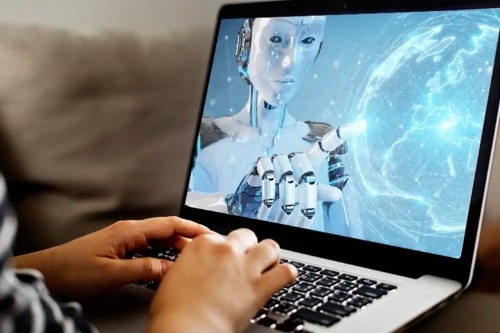
AI will infiltrate nearly every aspect of American life by 2050, from smart homes to healthcare. Machines may predict illnesses before symptoms appear or automate entire industries. However, this widespread adoption raises ethical concerns, such as the potential for surveillance or job displacement.
To navigate these challenges, the U.S. will need robust regulations and ethical frameworks. If implemented responsibly, AI could enhance productivity, improve quality of life, and solidify America’s position as a global leader in innovation.
12. New Forms of Social Interaction Will Emerge

By 2050, augmented and virtual reality could create a world where digital and physical spaces blend seamlessly. People might attend virtual family gatherings or explore fully immersive digital landscapes for work and leisure. This shift will redefine social interaction and entertainment, offering endless possibilities for creativity.
However, these advancements also pose risks, including mental health challenges and digital addiction. Striking a balance between digital and physical realities will be crucial to maintaining authentic human connections in this tech-saturated future.


